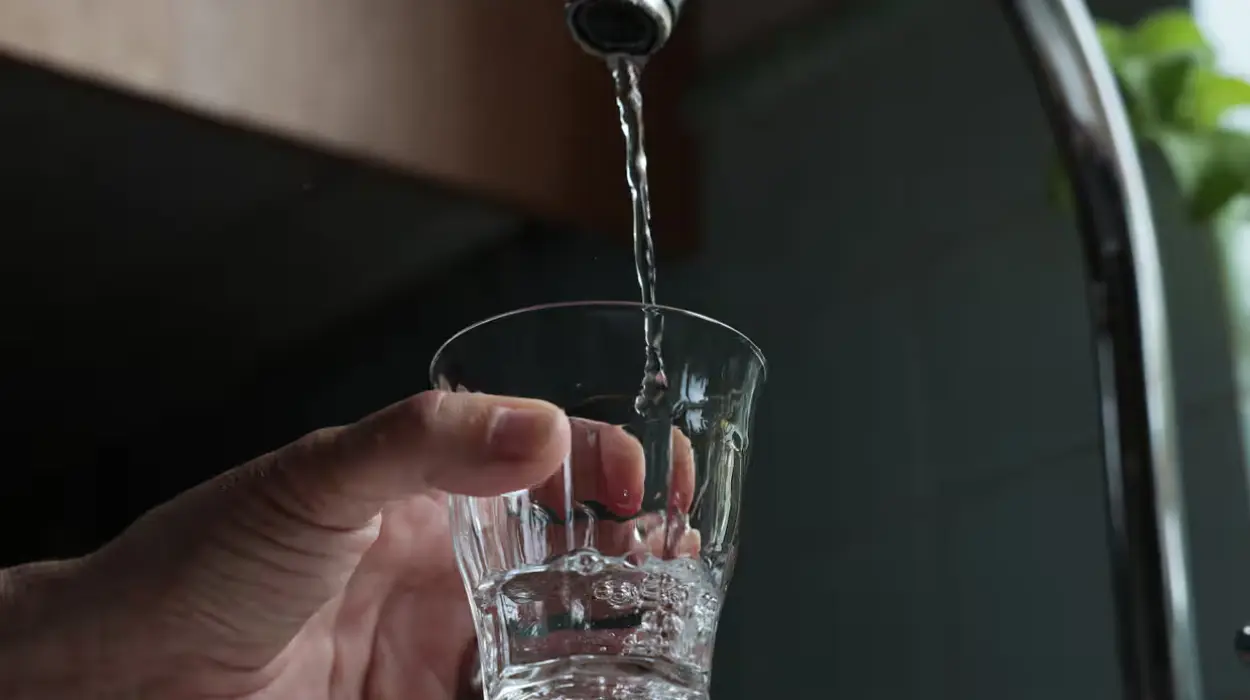As South Africa enters the summer months, water shortages have become an all-too-common reality for many citizens, including Joyce Lakela, who runs a nursery in Tembisa, a township of Johannesburg.
Lakela, like many others, now spends her days searching for water. “It’s been going on for five days,” she laments, as the city battles rising temperatures and increasing demand for water. “This is a big challenge. The kids have to wash their hands, we have to flush the toilets, and we also have to wash the kids,” she adds, filling a large bin from a water tanker.
The water crisis in Johannesburg, South Africa’s largest city, is largely due to daily restrictions imposed to manage over-consumption and allow for much-needed maintenance. Despite the country’s water reserves being sufficient, for many, taps run dry for hours—sometimes days—at a time. The situation is reminiscent of last year’s prolonged electricity outages, underscoring the infrastructural challenges the nation faces.
Last week, the water scarcity sparked protests in the suburbs of Westbury and Westdene, where frustrated residents took to the streets, burning tires and blocking roads with rocks and debris. Businesses and essential services have also been disrupted, with at least one hospital in northern Gauteng—the province that includes Johannesburg and Pretoria—reporting difficulties due to the outages.
Gauteng’s water supplier, Rand Water, recently issued a warning about the region’s high water consumption, urging municipalities to enforce strict daily limits. “Water storage could soon be depleted if municipalities do not implement our recommendations. It is essential to act now to prevent the impending disaster,” the company said in a statement on October 12.
While consumer overuse is part of the problem, water wastage due to leaks and illegal connections—where individuals siphon off water from pipelines without paying—exacerbates the crisis. “We are losing an average of over 40 percent of our water in Gauteng,” said Makenosi Maroo, a spokeswoman for Rand Water.
Municipalities, in turn, cite these leaks as a key reason for maintenance-related outages, but experts argue that the infrastructure isn’t being repaired or replaced fast enough. Craig Sheridan, director of the Centre in Water Research and Development at the University of the Witwatersrand, says, “We’re not replacing anywhere near as much infrastructure as we should be.”
Chris Herold, another water expert, believes that poor management and corruption within municipalities are hindering effective water system operations. Despite these challenges, municipalities claim they are doing what they can with limited resources. Ekurhuleni, a city in the province, has blamed Rand Water for not supplying enough water to fill its reservoirs, but the utility is bound by strict withdrawal limits imposed by the Department of Water and Sanitation.
The water crisis is not a new problem. In 2009, the government recognized the need for a larger water supply in Gauteng, which has seen its population boom. A deal with neighboring Lesotho was struck to expand the bulk water supply to Rand Water, but delays have pushed the project’s completion from 2018 to 2028, meaning water restrictions are likely to persist in the interim.
South Africa, already classified as a water-scarce country, has an average annual rainfall of 495mm—well below the global average of 990mm. Climate change is set to make matters worse, with authorities warning that stricter water restrictions may be necessary if consumption habits do not change. There could also be financial consequences for failing to adapt.
According to a report from the Global Commission on the Economics of Water, under a moderate climate change scenario where global emissions peak by 2040, South Africa could see a 25 percent decrease in precipitation by the end of the century.
“There’s definitely a sense of urgency,” says Sheridan, particularly concerned about the health risks posed by frequent shutdowns and restarts of water systems, a short-term fix that South Africa has relied on. “When a pipe is full of water, the water leaks out of it. If the pipe is empty, then a leaking sewer next to it can potentially contaminate the supply,” he warns.
As South Africa grapples with the intertwined crises of water scarcity, climate change, and aging infrastructure, residents like Joyce Lakela continue to bear the brunt of a system struggling to meet their basic needs. Without swift action and investment in water infrastructure, this problem is likely to worsen, with potentially dire consequences for the country’s economy and public health.


